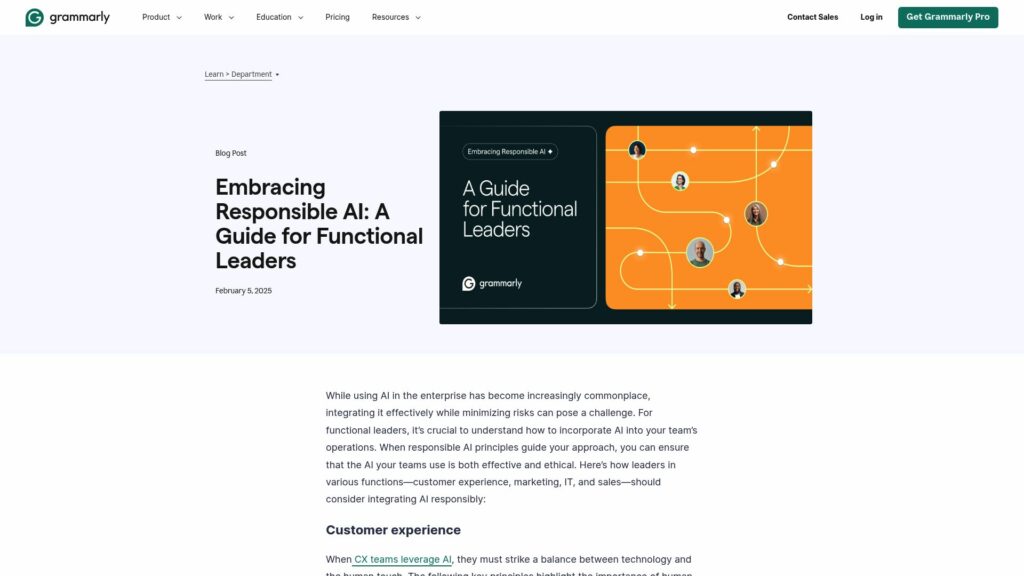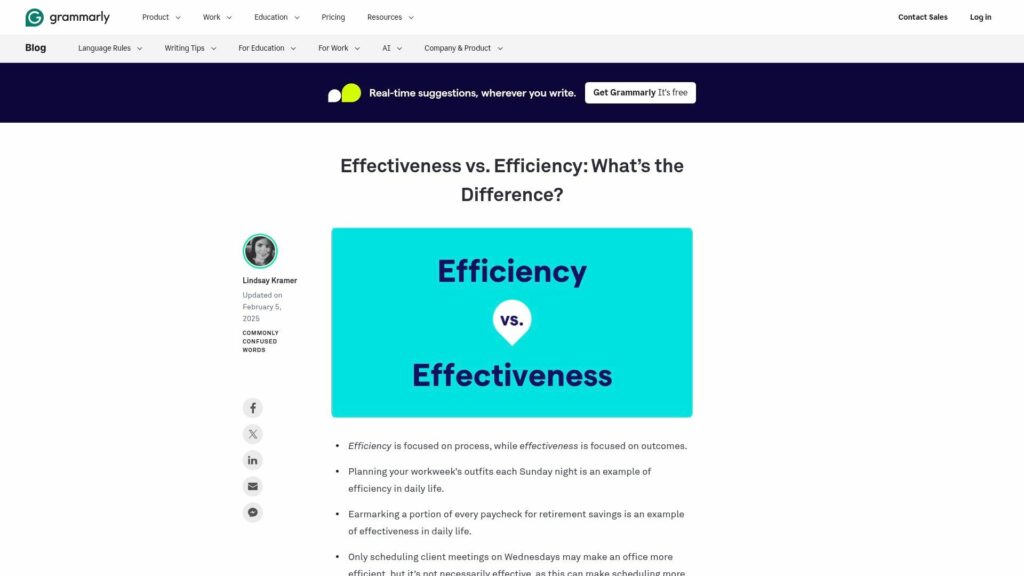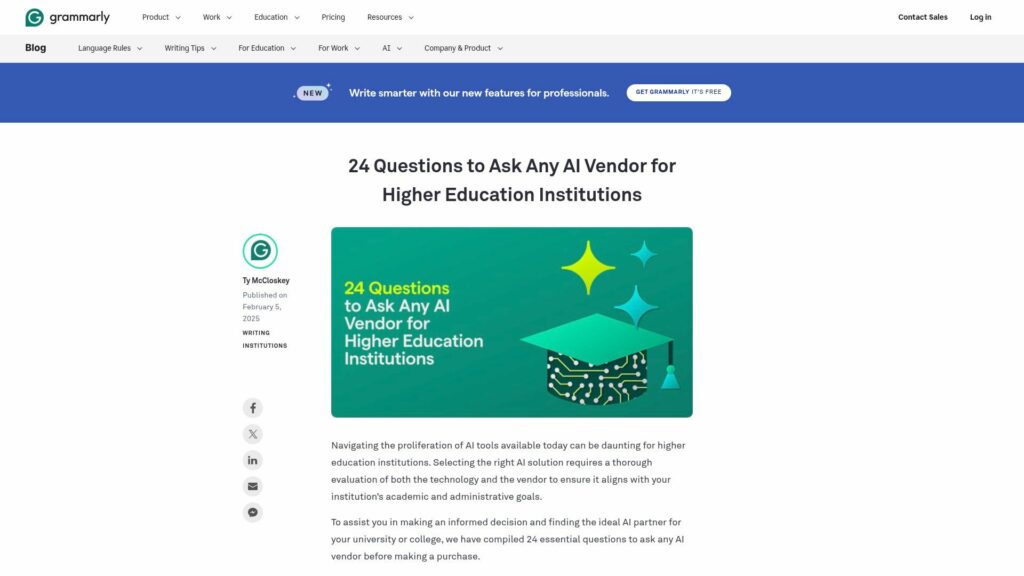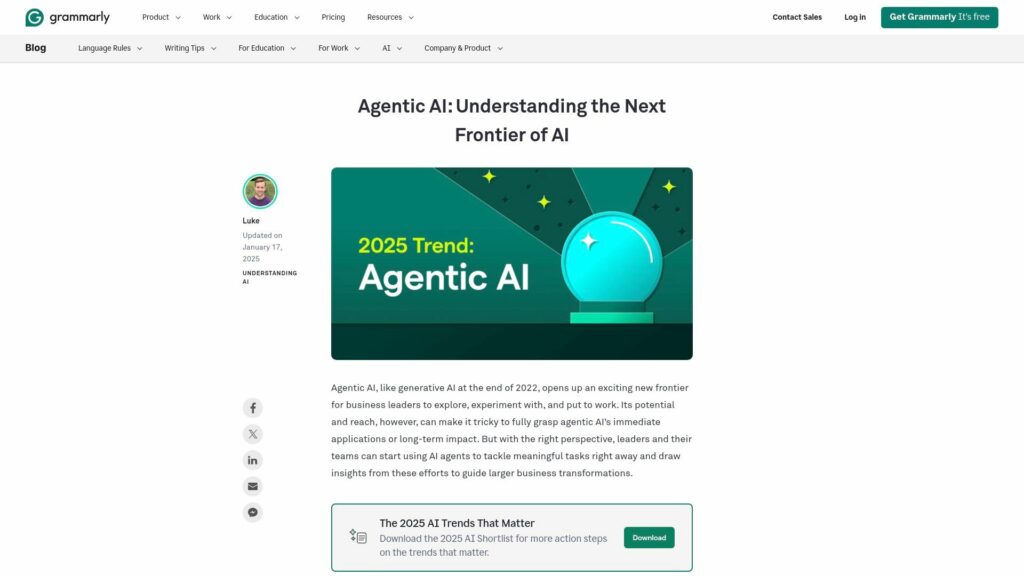Embracing Responsible AI: a Guide for Functional Leaders
AI integration in businesses must balance effectiveness and ethics. Leaders should ensure human involvement, transparency (for customer experience), vendor selection, and continuous learning (for marketing), while IT should focus on user education, personalized controls, and risk assessments. Sales must commit to ethical standards, regular impact assessment, and human judgment. Emphasizing responsible AI fosters trust and operational success.
https://www.grammarly.com/business/learn/embracing-responsible-ai/










